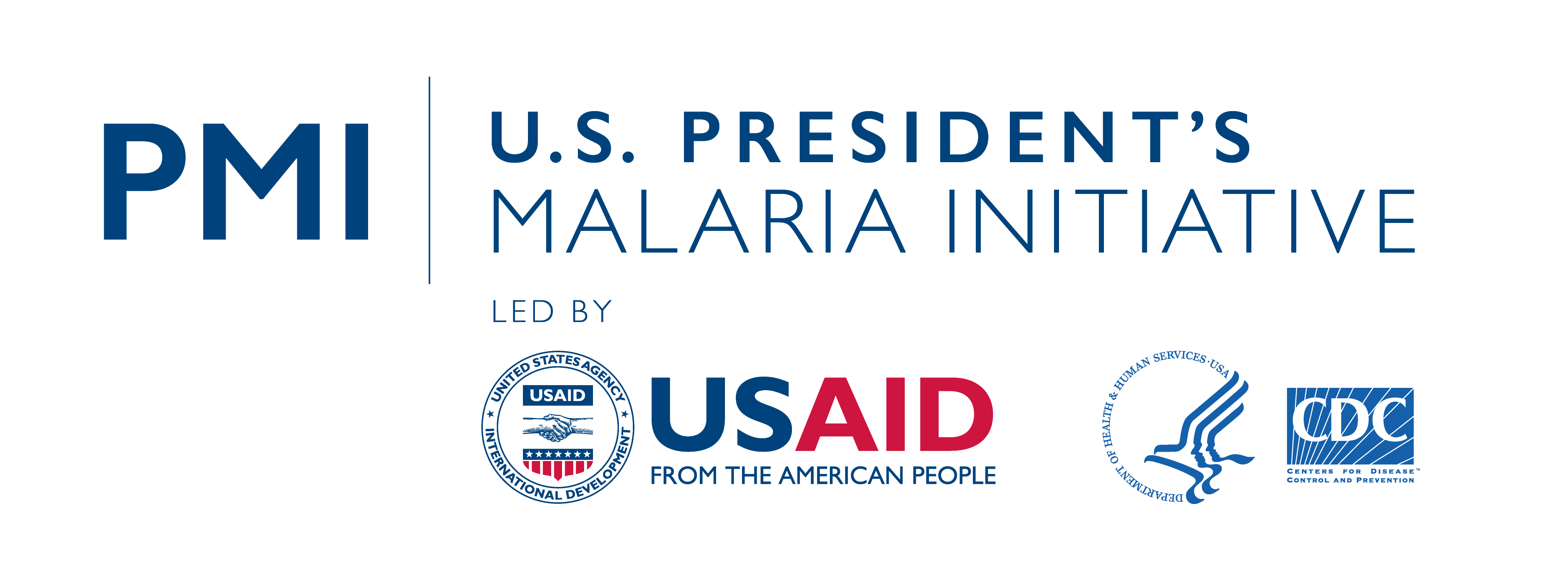PMI VectorLink Study Finds New ITNs Effective Against Pyrethroid-Resistant Mosquitoes in Côte d’Ivoire
 A new study conducted by the U.S. President’s Malaria Initiative (PMI) VectorLink Project found that new vector control tools, such as chlorfenapyr- and the synergist piperonyl butoxide (PBO)-combination insecticide-treated nets (ITNs) may help to provide better protection against malaria in Côte d’Ivoire than those currently used.
A new study conducted by the U.S. President’s Malaria Initiative (PMI) VectorLink Project found that new vector control tools, such as chlorfenapyr- and the synergist piperonyl butoxide (PBO)-combination insecticide-treated nets (ITNs) may help to provide better protection against malaria in Côte d’Ivoire than those currently used.
Pyrethroid-treated mosquito nets are currently the mainstay of vector control in Côte d’Ivoire. As mosquitoes increasingly become resistant to all pyrethroid insecticides across the country and much of Africa, National Malaria Control Programs (NMCPs) are challenged with finding new ways to protect populations from malaria. This study, which was published in the Malaria Journal in December, demonstrated the relative increase in effectiveness observed when exposing the pyrethroid-resistant mosquitoes to either PBO in combination with pyrethroids or to chlorfenapyr. Both options represent avenues for many African country NMCPs to develop insecticide resistance management strategies. In Côte d’Ivoire, Interceptor® G2, a chlorfenapyr- and alpha-cypermethrin-based ITN could therefore be considered for a stratified distribution campaign in addition to PBO ITNs. The data gathered across the country within this study could also support the determination of the diagnostic concentration for testing the susceptibility status of An. gambiae s.l. against chlorfenapyr while the molecule is still being tested for appropriate concentrations in ITNs and IRS.
Read about the study here.

